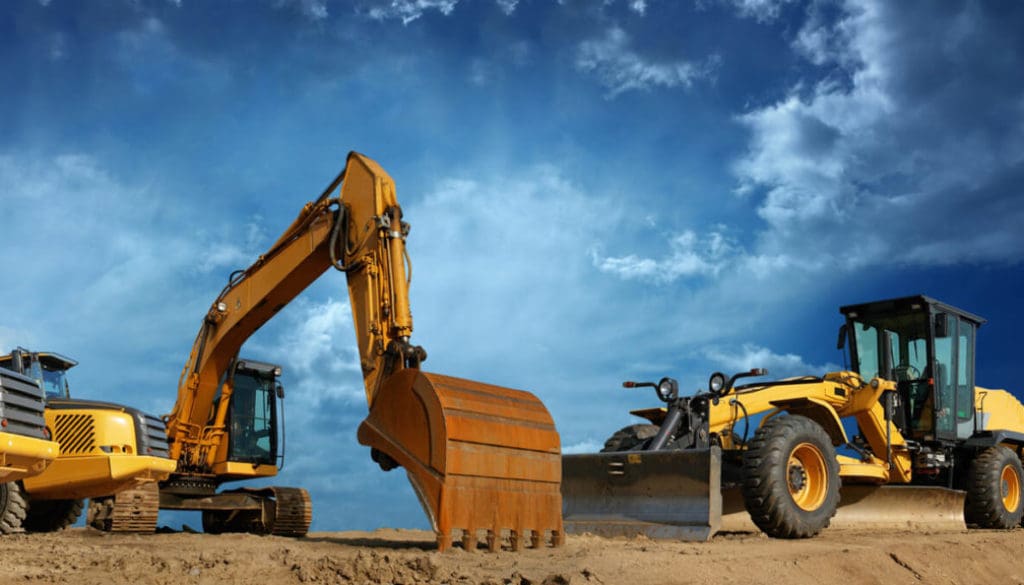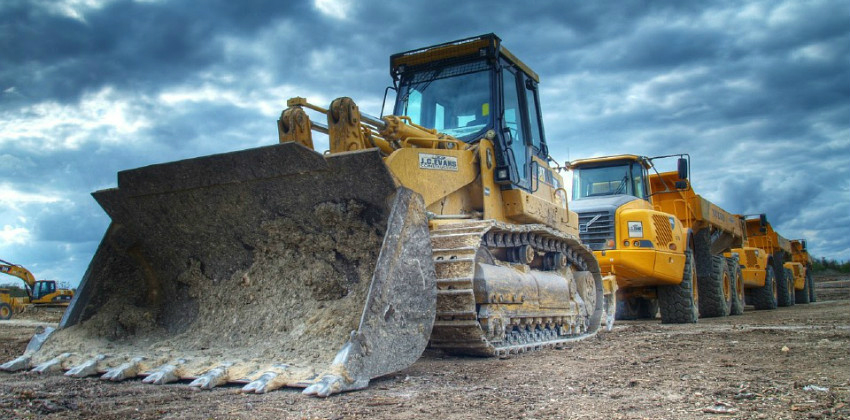Top Equipment Rental Company for All Your Requirements
Wiki Article
Leasing Vs. Acquiring Building And Construction Equipment: Making the Right Option for Your Project
When starting a building task, among the critical decisions that project supervisors and stakeholders face is whether to rent or buy building and construction tools. Both choices have their drawbacks and advantages, making the option a critical one in the project planning process. The choice hinges on different elements such as price factors to consider, job duration, tools upkeep, flexibility, scalability, and danger monitoring. Each component plays a crucial function in identifying the most suitable path for the task's equipment requirements. heavy equipment rental. Allow's discover these elements further to understand how they impact the decision-making procedure and eventually the success of the job.Expense Considerations
When reviewing the monetary element of purchasing versus renting building tools, the long-term costs and upfront costs should be carefully taken into consideration. Leasing devices typically requires reduced preliminary payments compared to purchasing, making it an attractive option for short-term jobs or specialists with spending plan constraints. Leasing gets rid of the demand for huge resources investments and decreases the financial risk related to equipment possession, such as upkeep and depreciation prices. Nonetheless, over time, continuously renting equipment can build up higher expenses than purchasing, especially for prolonged jobs.On the various other hand, acquiring building and construction devices involves higher upfront prices yet can cause long-term cost savings, specifically for frequent customers or lasting jobs. Owning tools offers adaptability, ease, and the capacity for resale value once the project is completed. In addition, owning tools allows for customization and experience with particular machinery, possibly boosting efficiency and performance on-site. Ultimately, the decision in between renting out and acquiring building and construction tools hinges on the task's duration, frequency of use, budget considerations, and lasting economic goals.
Task Period

On the other hand, for long-term projects or ongoing building job, buying tools might be the a lot more affordable choice. Buying tools can lead to cost savings over time, specifically if the devices will be regularly made use of. Moreover, possessing tools offers a feeling of control over its schedule and enables personalization to fit details task demands.

Devices Maintenance
Given the vital function project period plays in establishing the most cost-effective strategy in between buying and leasing construction devices, the focus currently shifts towards analyzing the essential facet of devices maintenance. Appropriate upkeep is important for making certain the optimal efficiency and durability of construction devices. Renting tools commonly comes with the benefit of having well-maintained machinery offered by the rental business. This can minimize the concern of upkeep jobs from the job owner or professional, saving time and effort. On the other hand, having devices calls for a positive approach to upkeep to stop malfunctions, make sure security, and extend the tools's life-span. Regular assessments, servicing, and prompt repair work are required to maintain owned equipment in top working problem. Consider maintenance costs when choosing in between renting out and buying, as disregarding maintenance can lead to expensive fixings, downtime, and project hold-ups. Inevitably, a properly maintained building and construction tools fleet, whether rented or had, is vital for the effective and effective completion of construction jobs.Flexibility and Scalability
In the world of building and construction devices monitoring, the element of versatility and scalability holds significant significance for project performance and source utilization. Choosing to lease construction tools supplies a high level of adaptability as it allows for the fast adjustment of equipment types and amounts based on the advancing demands of a task.Moreover, scalability, another vital element, is inherently connected to adaptability. Renting construction equipment offers the advantage of quickly scaling procedures up or down as job needs vary. Specialists can swiftly add or trade devices to match the task's changing demands without the restrictions of possessing possessions that may become underutilized or out-of-date. This ability to scale sources effectively can lead to cost savings and improved project timelines, making renting out a favorable alternative for projects requiring versatility and responsive source allocation.
Danger Management
Effective danger monitoring in building equipment operations is vital to making sure task success and mitigating possible economic losses. Construction jobs inherently entail various threats, such as tools breakdowns, crashes, and task delays, which can substantially affect the job timeline and spending plan. By very carefully taking into consideration the dangers related to owning or renting out building and construction tools, project managers can make enlightened choices to decrease these potential risks.Renting out construction equipment can use a degree of risk reduction by transferring the responsibility of upkeep and fixings to the rental business. This can decrease the financial worry on the job owner in situation of unexpected devices failings (scissor lift rental). In Read More Here addition, renting out supplies the adaptability to accessibility customized equipment for certain task stages, reducing the danger of having underutilized equipment
On the other hand, having building and construction equipment provides a sense of control over its use and maintenance. Nonetheless, this additionally suggests bearing the complete responsibility for repair services, maintenance costs, and devaluation, enhancing the economic threats associated with devices possession. Mindful risk analysis and consideration of variables such as job duration, tools application, and upkeep needs are important in determining the most appropriate option for efficient risk monitoring in construction projects.
Final Thought
Finally, when deciding in between acquiring and renting out building devices, it is essential to consider expense, task duration, equipment upkeep, adaptability, scalability, and danger management. Each aspect plays an important function in figuring out one of the most ideal alternative for the job available. By very carefully reviewing these elements, project supervisors can make an informed choice that straightens with their spending plan, timeline, and general project objectives.
Report this wiki page